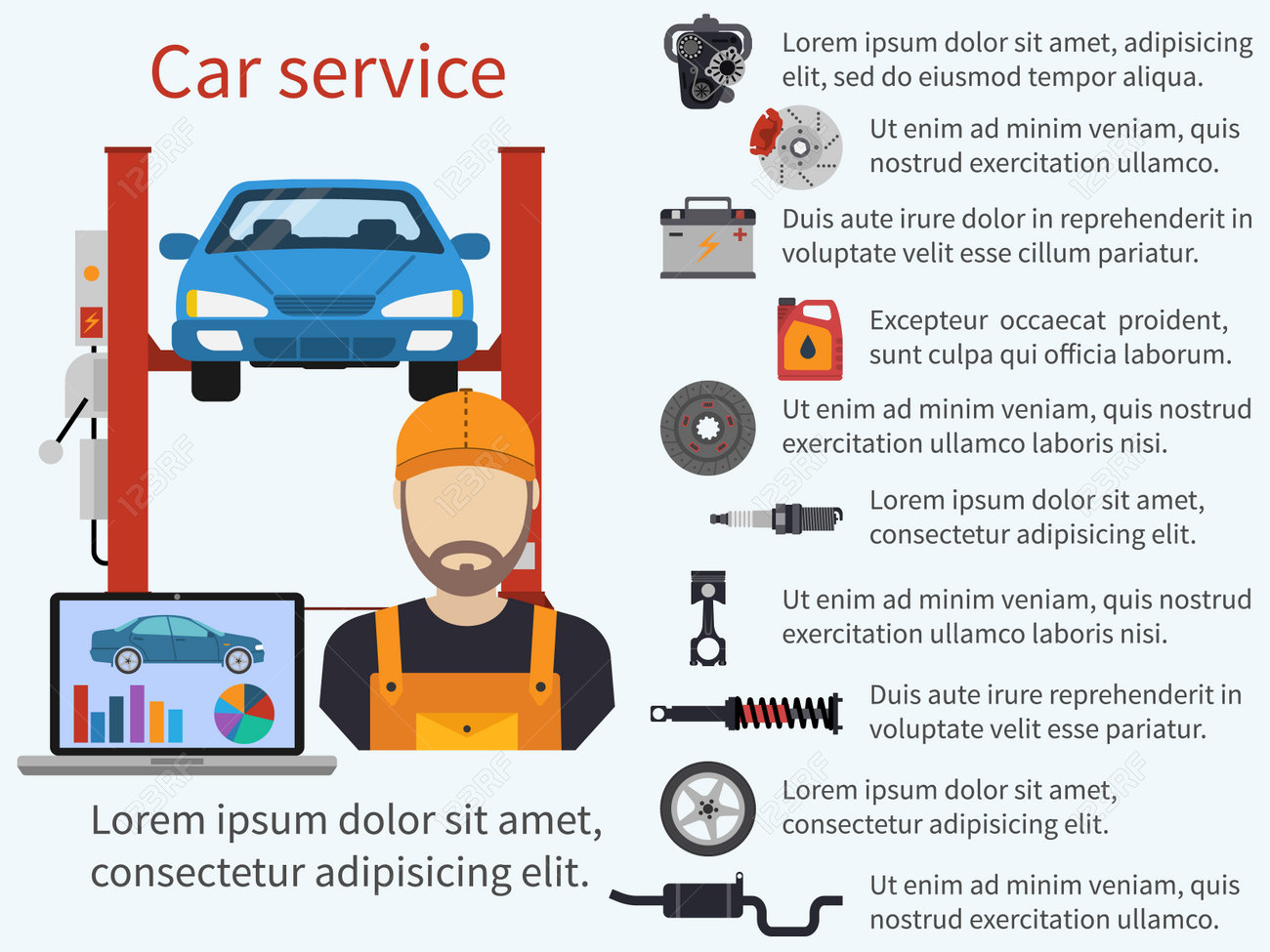Translating The True Relevance Of Warning Lighting In Your Auto
Translating The True Relevance Of Warning Lighting In Your Auto
Blog Article
Web Content Create By-Kane Ferguson
When you're behind the wheel, those beautiful warning lights on your dashboard can be a bit bewildering. Do you recognize what they're attempting to inform you regarding your vehicle's wellness? Comprehending the relevance of these lights is essential for your safety and security and the long life of your lorry. So, the following time among those lights appears, would not you wish to decode its message accurately and take the required actions to resolve it?
Common Warning Lighting and Interpretations
Determine usual caution lights in your automobile and understand their meanings to make sure secure driving.
One of the most common warning lights include the check engine light, which signals problems with the engine or exhausts system. If this light comes on, it's essential to have your car checked quickly.
The oil pressure alerting light shows reduced oil pressure, calling for instant interest to stop engine damages.
A flashing battery light might suggest a damaged charging system, potentially leaving you stranded if not addressed.
The tire pressure surveillance system (TPMS) light signals you to reduced tire pressure, impacting vehicle security and fuel performance. Neglecting this might lead to risky driving conditions.
The abdominal muscle light shows a problem with the anti-lock braking system, jeopardizing your capability to stop promptly in emergencies.
Finally, the coolant temperature level warning light warns of engine getting too hot, which can cause extreme damage otherwise settled swiftly.
Comprehending these typical caution lights will certainly aid you deal with problems promptly and keep risk-free driving problems.
Importance of Prompt Focus
Comprehending the typical caution lights in your automobile is just the very first step; the importance of quickly dealing with these warnings can't be stressed enough to guarantee your security on the road.
When a warning light illuminates on your control panel, it's your automobile's way of connecting a possible issue that needs attention. Overlooking these warnings can lead to a lot more extreme issues in the future, compromising your safety and security and potentially costing you a lot more out of commission.
Trigger interest to alerting lights can prevent breakdowns and mishaps. For example, a flashing check engine light might suggest a misfire that, if left unattended, can cause damage to the catalytic converter. Resolving this immediately can save you from an expensive repair service.
In a similar way, a brake system cautioning light might signify low brake fluid or worn brake pads, vital components for your safety and security when driving.
Do It Yourself Troubleshooting Tips
If you discover a caution light on your dashboard, there are a few do it yourself troubleshooting ideas you can attempt prior to looking for specialist aid.
The very first step is to consult your automobile's handbook to comprehend what the certain caution light indicates. Sometimes the concern can be as basic as a loosened gas cap activating the check engine light. Tightening up brake line leak repair cost might settle the problem.
ac compressor car repair is a reduced battery, which can trigger different warning lights. Examining just click the following web page for corrosion and guaranteeing they're protected might take care of the issue.
If a caution light persists, you can attempt resetting it by separating the auto's battery for a couple of minutes and then reconnecting it. Additionally, examining your automobile's liquid degrees, such as oil, coolant, and brake liquid, can help troubleshoot alerting lights associated with these systems.
Final thought
In conclusion, comprehending your auto's warning lights is crucial for maintaining your automobile running efficiently and securely. By quickly addressing these alerts and recognizing what they suggest, you can avoid expensive repair work and potential malfunctions.
Bear in mind to consult your vehicle's handbook for certain information on each cautioning light and do something about it accordingly to ensure a trouble-free driving experience.
Keep informed, remain safe when driving!
